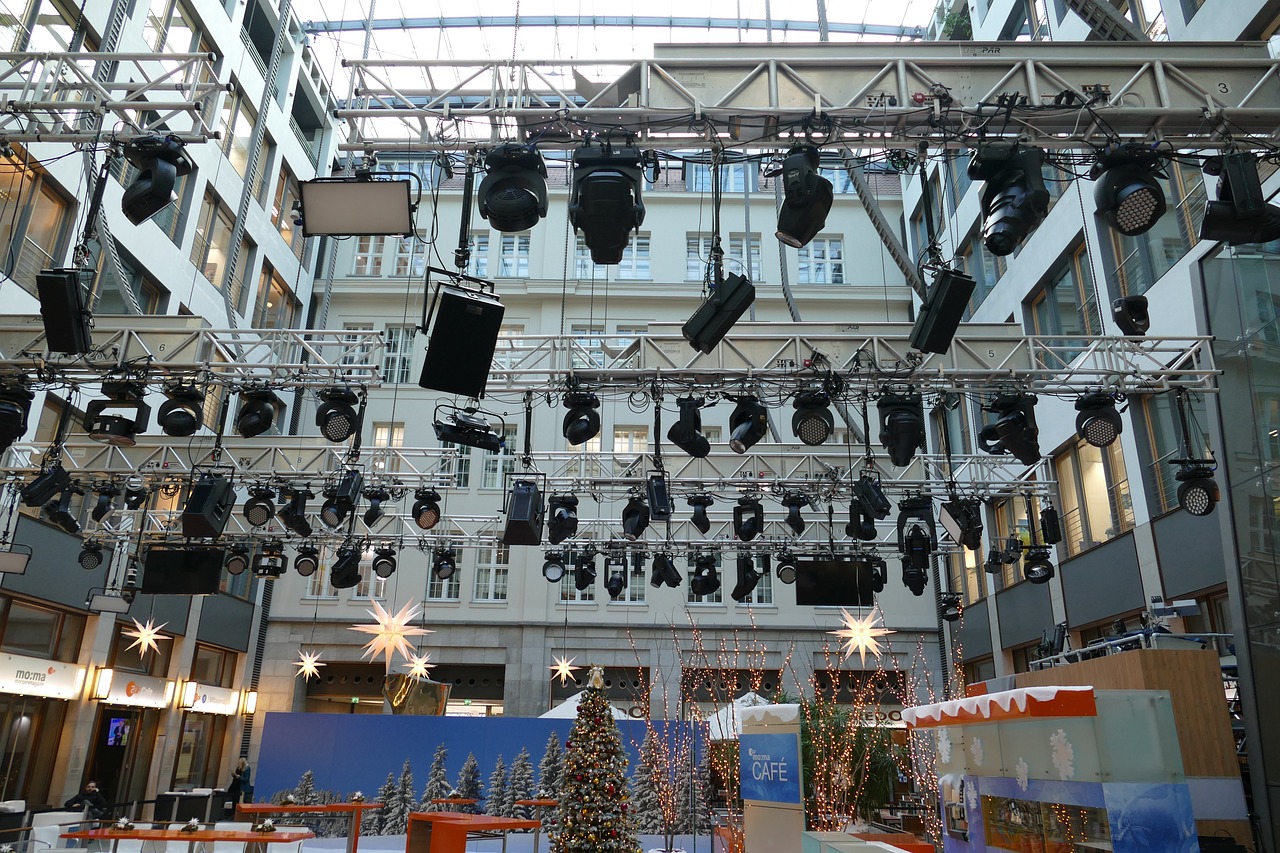Exploring the World of Immersive Art Installations: Blurring Boundaries
Immersive art installations are captivating environments or exhibits that fully engage the viewer’s senses, drawing them into a multisensory experience. These installations often combine various artistic mediums such as visual projections, soundscapes, lighting effects, and interactive elements to create a transformative space for the audience to explore and interact with. Unlike traditional art forms that are static and viewed from a distance, immersive installations encourage active participation and exploration, blurring the boundaries between the observer and the artwork.
Through the use of innovative technologies and creative design, immersive art installations transport the viewer to a different realm, stimulating emotions and sparking new perspectives. By enveloping the viewer in a world where they can touch, hear, and even sometimes smell the artwork, these installations offer a unique and unforgettable way to experience artistic expression. As the boundaries between art and spectator continue to blur, immersive art installations have emerged as a dynamic and cutting-edge form of artistic experience that pushes the boundaries of conventional art exhibition.
The Rise of Immersive Art Experiences
Immersive art experiences have seen a significant surge in popularity in recent years. Audiences are drawn to these installations that break away from traditional passive viewing to offer active engagement and multi-sensory stimulation. Through their uniqueness and ability to transport viewers into different worlds, immersive art experiences have captivated the imagination of many.
The rise of immersive art experiences can be attributed to the advancement of technology, allowing artists to create interactive and dynamic installations that blur the boundaries between physical and digital realms. These cutting-edge creations not only challenge traditional notions of art but also provide viewers with a more participatory and personalized encounter with the artwork.
Interactive Elements in Immersive Installations
Immersive art installations have evolved to incorporate interactive elements that engage the audience on a whole new level. These interactive features are designed to blur the lines between the artwork and the observer, creating a dynamic and participatory experience. By encouraging viewers to actively engage with the installation, artists are able to evoke strong emotional responses and deeper connections with their audience.
Through the use of technology such as sensors, touchscreens, and virtual reality, immersive art installations are able to transport viewers into a world where they become an integral part of the artwork itself. This interactivity allows for a personalized experience, where individuals can manipulate the environment and shape the outcome of the installation. As a result, the boundaries between the physical and virtual realms are pushed, challenging traditional notions of art and inviting audiences to explore and interact in new and innovative ways.
What are some examples of immersive art installations?
Some examples of immersive art installations include teamLab Borderless in Tokyo, Meow Wolf’s House of Eternal Return in Santa Fe, and Yayoi Kusama’s Infinity Mirrored Rooms.
How do interactive elements enhance immersive installations?
Interactive elements allow viewers to actively engage with the artwork, creating a more personalized and dynamic experience. They can also make the installation more memorable and captivating.
Can interactive elements be added to any immersive art installation?
Yes, interactive elements can be added to almost any immersive art installation, depending on the artist’s vision and the technical capabilities of the exhibit. However, it is important to ensure that the interactive elements enhance the overall experience rather than distract from it.
Are immersive art installations only for art enthusiasts?
No, immersive art installations are designed to appeal to a wide range of audiences, including those who may not consider themselves art enthusiasts. The immersive and interactive nature of these installations makes them accessible and engaging for people of all backgrounds and interests.







